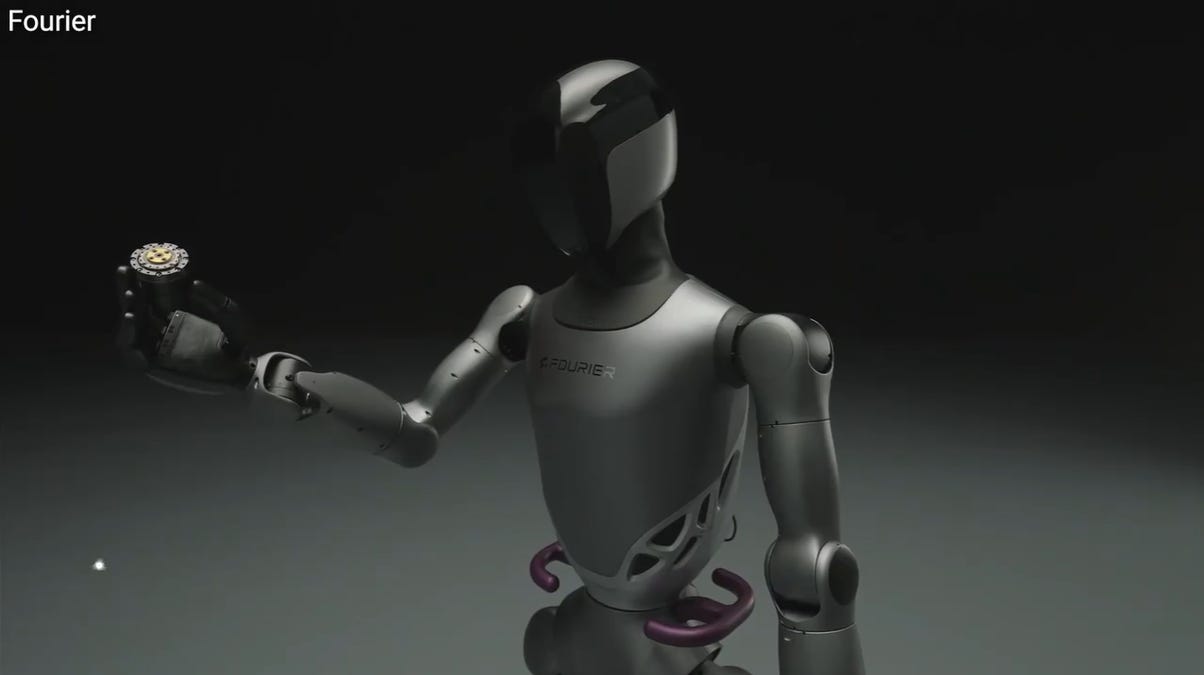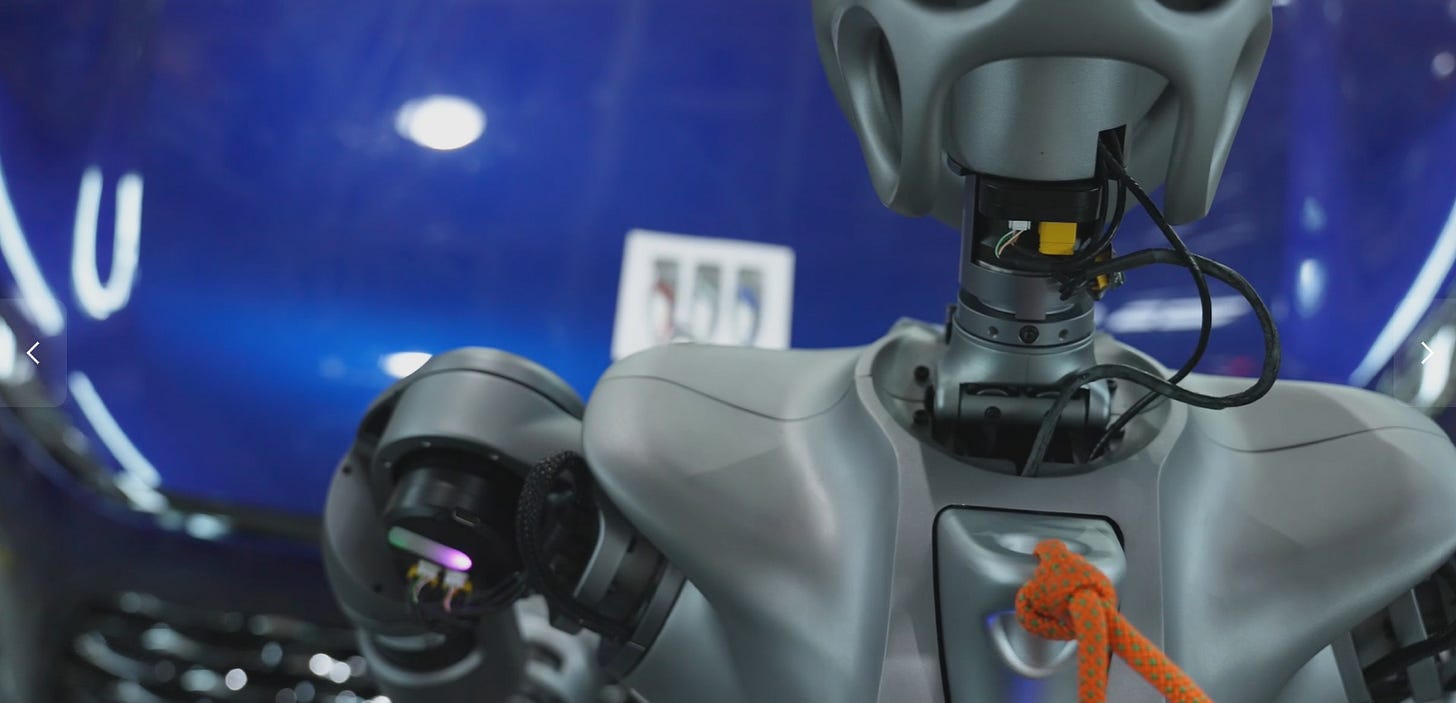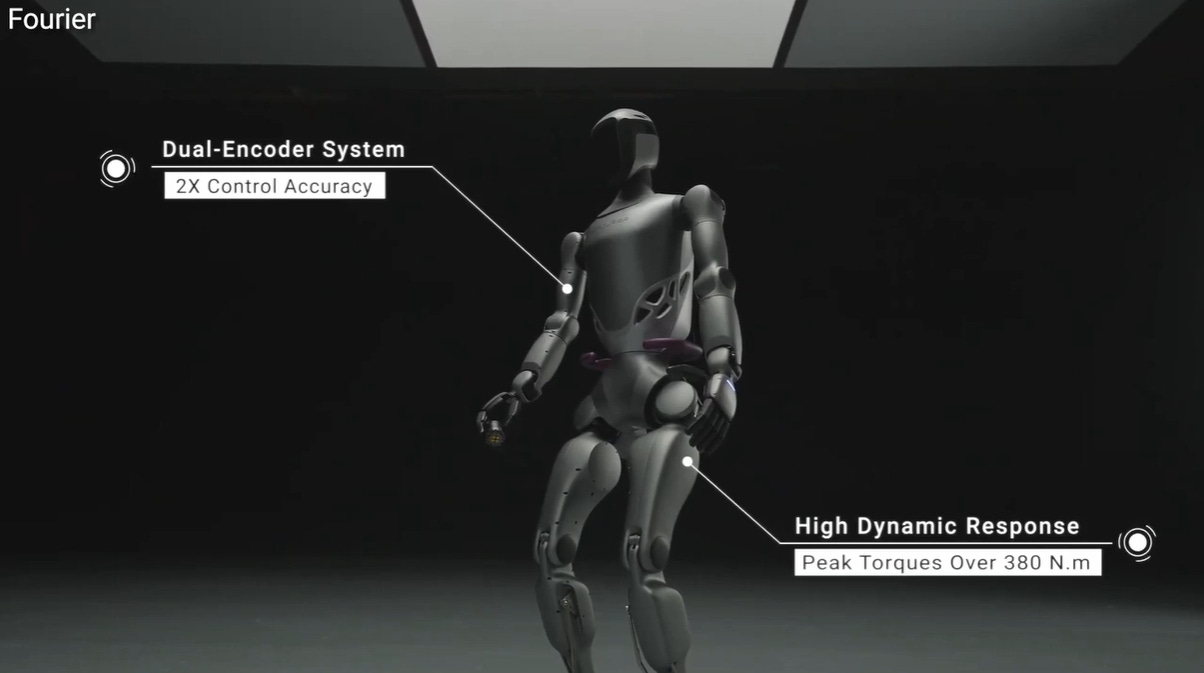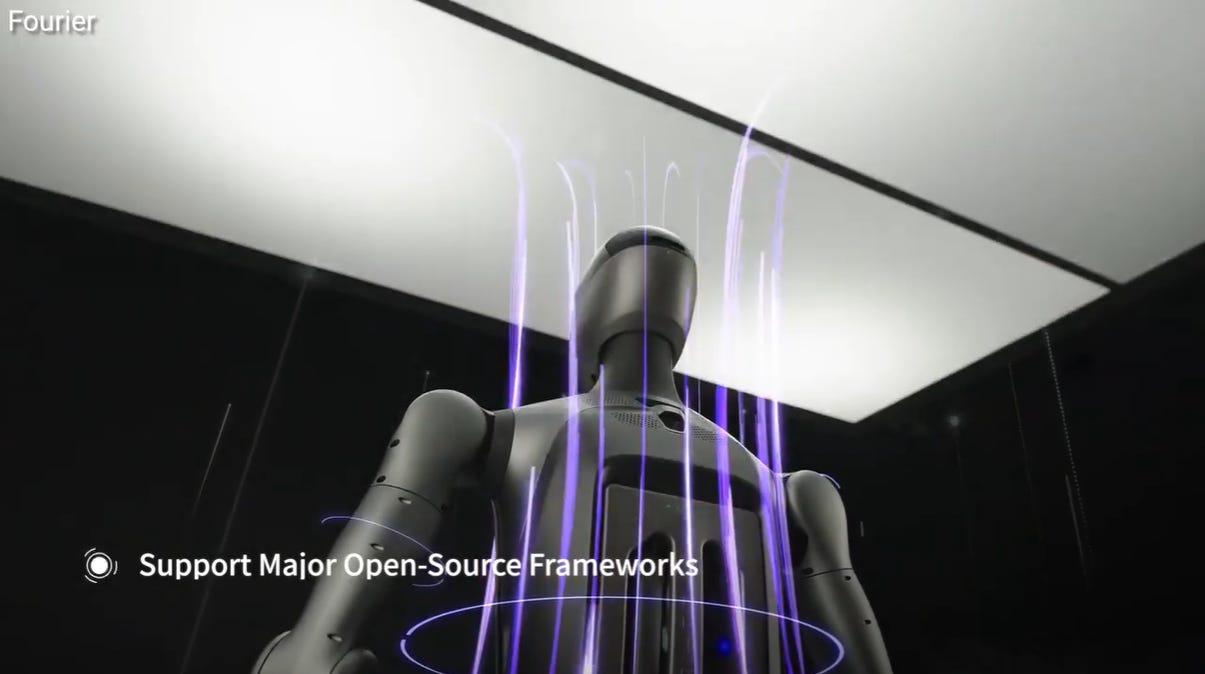Could This Chinese Humanoid Robot Be the Future of Affordable In-Home Care?
Is the world ready to trust robots with caregiving?
As the cost of in-home care in the U.S. surpasses $60,000 annually, families are scrambling to find alternatives. One surprising solution may be on the horizon: humanoid robots. Chinese company Fourier Intelligence has introduced its GR-2 humanoid robot, which could revolutionize elderly care and assistance for people with disabilities.
This advanced machine isn't merely a caregiver substitute—it aims to improve the lives of those who need assistance. With the global population of adults aged 65 and older expected to double by 2050, humanoid robots like the GR-2 may offer a cost-effective, personalized solution. But how close are we to this technological future? Let’s dive into the GR-2 and explore how it could transform caregiving while saving families thousands of dollars a year.
A Bigger, Stronger, Smarter Humanoid
Standing at 5 feet, 9 inches and weighing 139 pounds, the GR-2 humanoid is no small machine. Its size allows for greater strength and stability—vital for helping people move from a bed to a wheelchair or providing physical support. With its upgraded hardware, this robot is designed to handle a range of caregiving tasks with impressive precision.
Hardware That Packs a Punch
Fourier Intelligence has made some significant improvements to the GR-2’s hardware. The robot can generate peak torques exceeding 280 pound-feet, a major upgrade from previous models. This enhanced strength enables it to perform more dynamic and physically demanding tasks, expanding its potential for in-home care.
Moreover, the GR-2’s battery life has been notably extended with a detachable battery that doubles its capacity, giving users an extra hour of runtime. This upgrade ensures the robot can operate longer without needing to recharge, making it a more practical solution in home care settings where reliability is key.
Precision at Every Touch
One of the GR-2's most impressive features is its ability to perform complex tasks with extraordinary precision. The robot now offers 12 degrees of freedom in its hands, providing double the dexterity of previous versions. It is equipped with six array-type tactile sensors that allow it to sense force, recognize object shapes and materials, and adjust its grip accordingly. This heightened sensitivity ensures safe, accurate interactions—whether it’s assisting someone with daily tasks or handling fragile objects.
Dynamic Mobility Powered by Innovation
To achieve more human-like movement, Fourier Intelligence has developed seven distinct actuators for the GR-2, each specifically designed to handle the torque demands of different joints. This advanced design allows the robot to navigate complex movements with greater responsiveness, bringing it closer to mimicking the flexibility of human mobility.
A Platform for the Future
While the GR-2 has obvious potential in caregiving, it’s also a developer-friendly platform. Designed to foster innovation, the GR-2 is compatible with popular robotics development tools like ROS, Mujoco, and NVIDIA's Isaac Lab. This open-platform approach allows developers to continuously enhance its capabilities through artificial intelligence, paving the way for even more sophisticated caregiving functions in the future.
When Will It Be Available?
Currently, the GR-2 is still in development and not yet available as a consumer product. However, with the rapid advancements in AI technology and robotics coming out of China, it may not be long before these futuristic caregiving robots make their way to homes across the globe. Companies like Fourier Intelligence are at the forefront, driving innovation in this space, which promises to not only improve the quality of life for those in need but also reshape the caregiving landscape entirely.
Key Takeaways
The GR-2 marks a significant leap in humanoid robotics, showcasing notable advancements in strength, dexterity, and adaptability. Though it’s currently a development platform, the GR-2 hints at a future where robots could play a critical role in providing affordable, reliable care for the elderly and disabled.
As these technologies continue to evolve, the possibility of robots seamlessly integrating into homes is becoming more tangible. The GR-2 could lead the charge in making caregiving more accessible, efficient, and cost-effective for families across the world.
Would you trust a robot like the GR-2 to help you or your loved ones in the future? Share your thoughts by writing to us at technode@substack.com.
For more insights on the future of robotics and caregiving, subscribe to our newsletter and stay informed on the latest tech breakthroughs.







